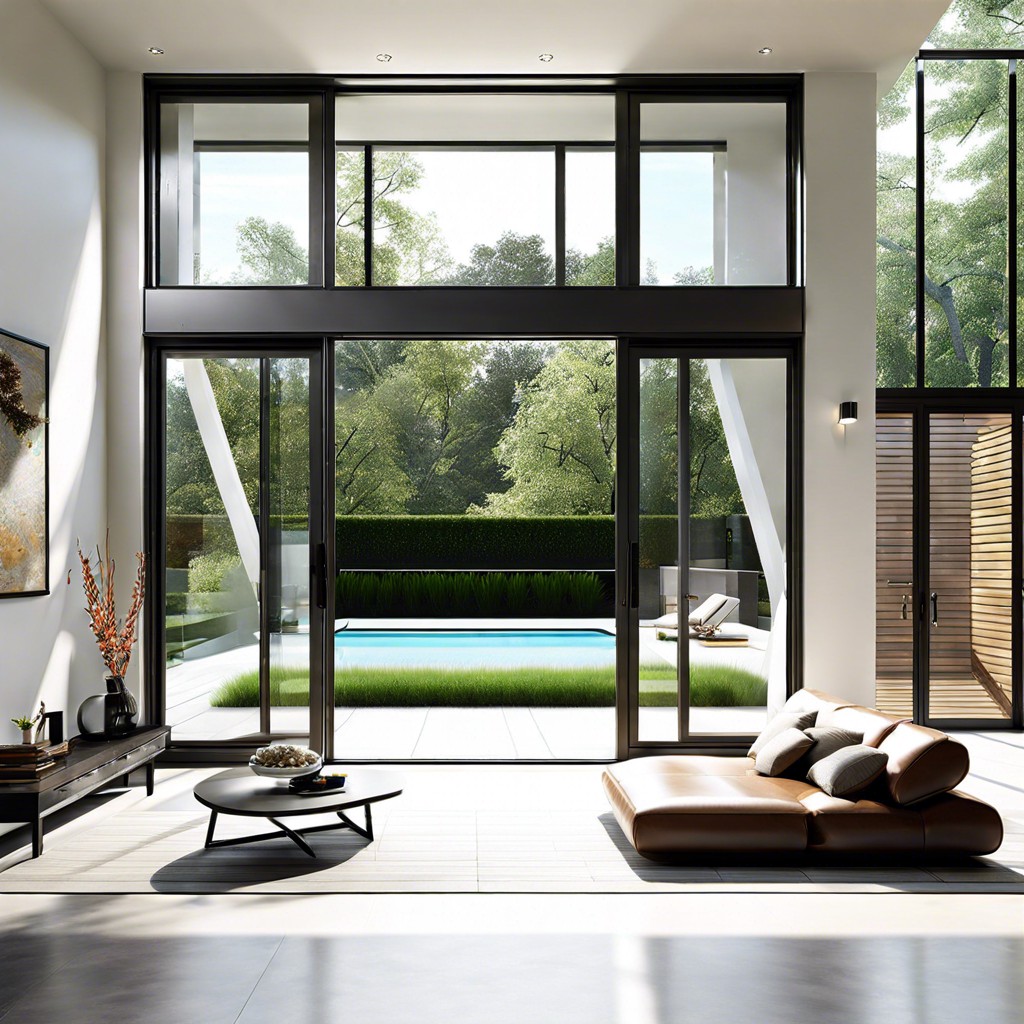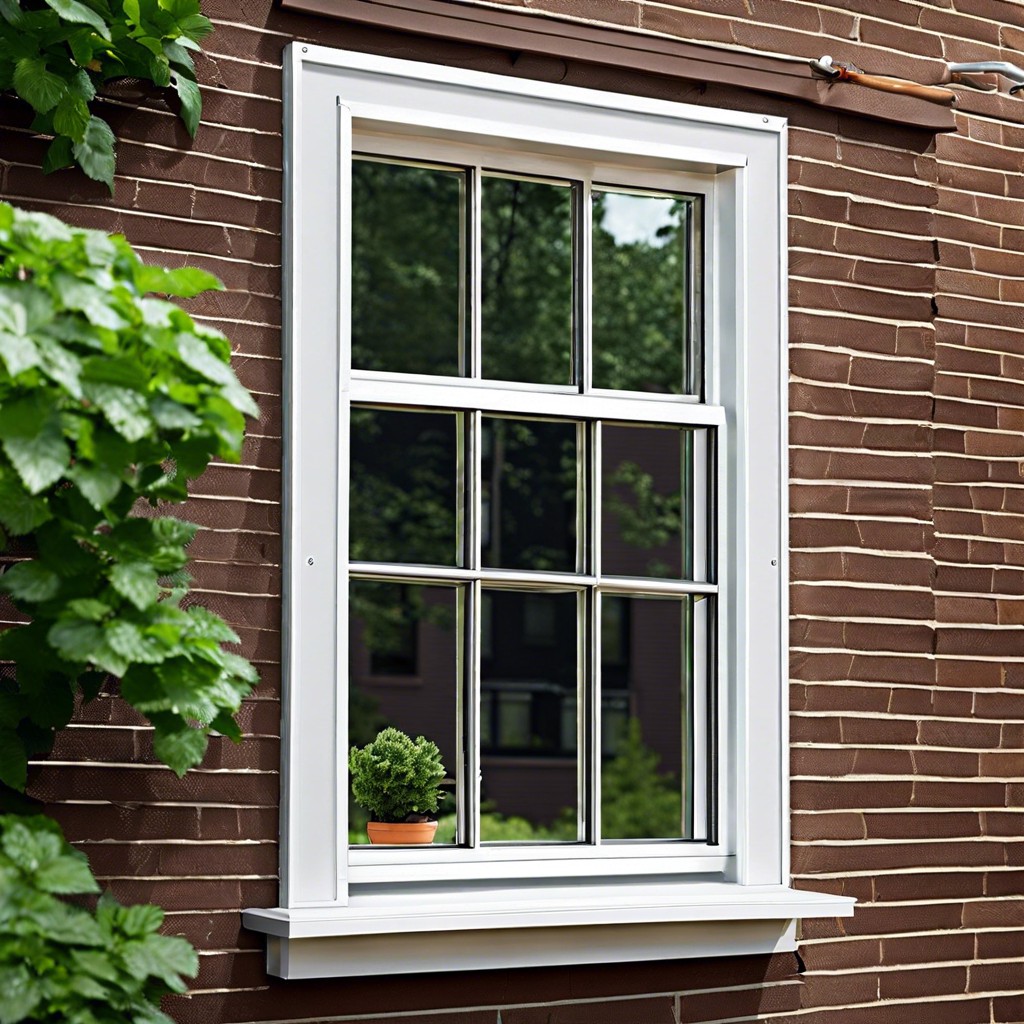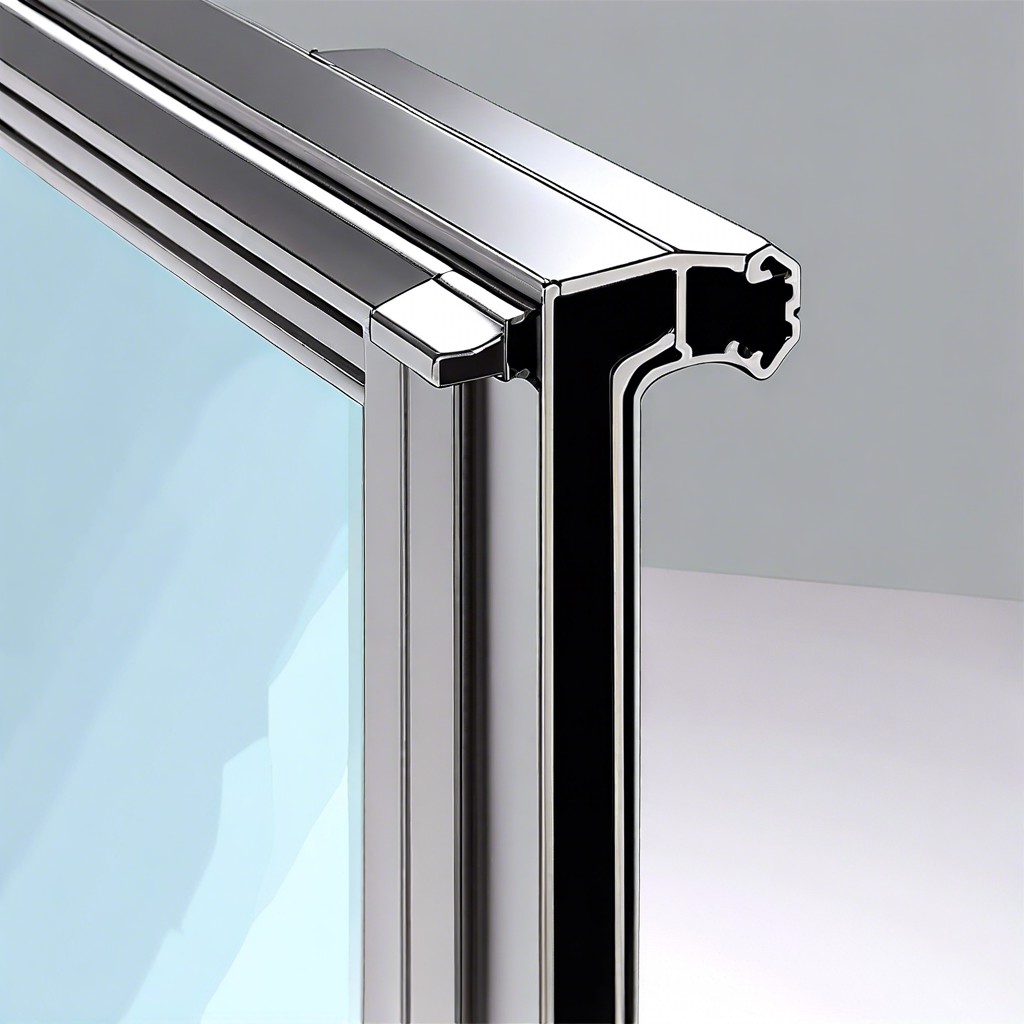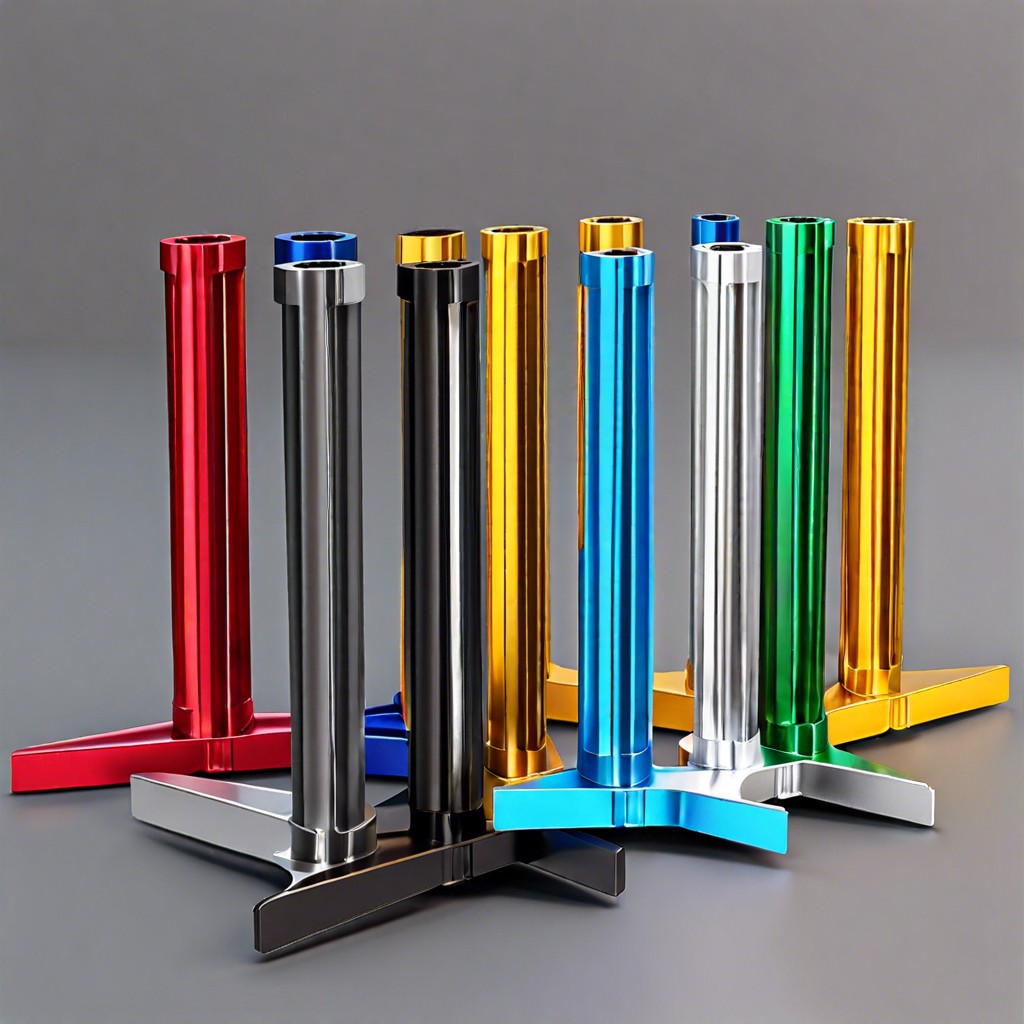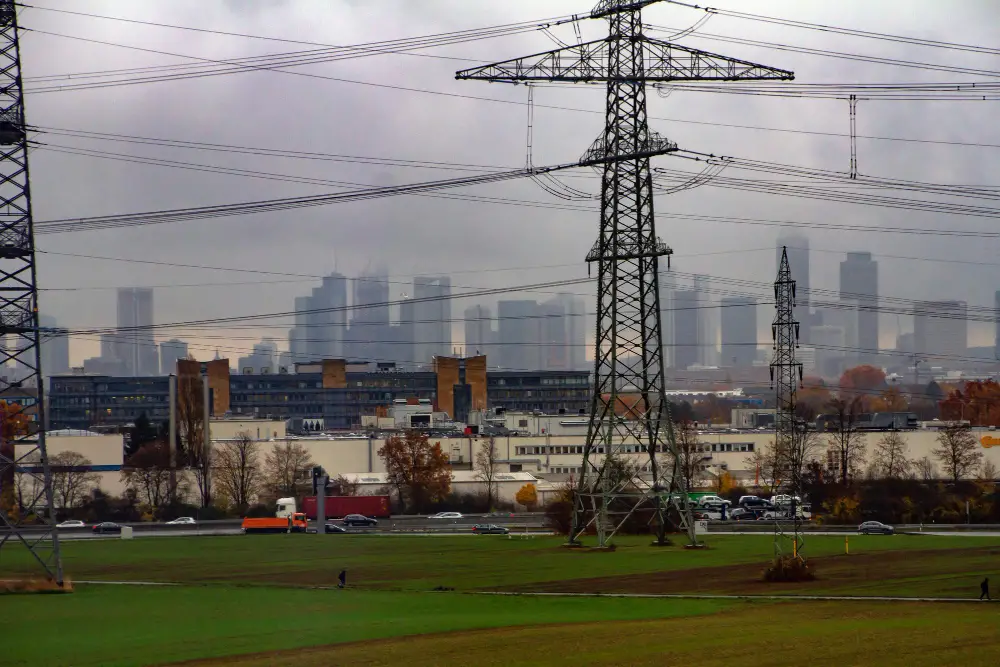Passive solar window design can significantly increase energy efficiency in your home by harnessing the sun’s power – here’s how to do it.
As I was walking down the street on a sunny day, I couldn’t help but notice how some houses seemed to be soaking up the sun’s rays while others were hiding in the shadows. It got me thinking about how much energy we waste by not taking advantage of this natural resource.
That’s when I started researching passive solar window design and how it can make a huge impact on our energy bills and the environment.
Passive solar window design is all about harnessing the power of sunlight to heat and cool our homes naturally. By strategically placing windows in specific locations and using certain materials, we can create a more energy-efficient home that saves us money in the long run.
In this blog post, I’ll dive deeper into what passive solar window design is, how it works, and why you should consider implementing it in your own home. So let’s get started!
Passive Solar Design Principles
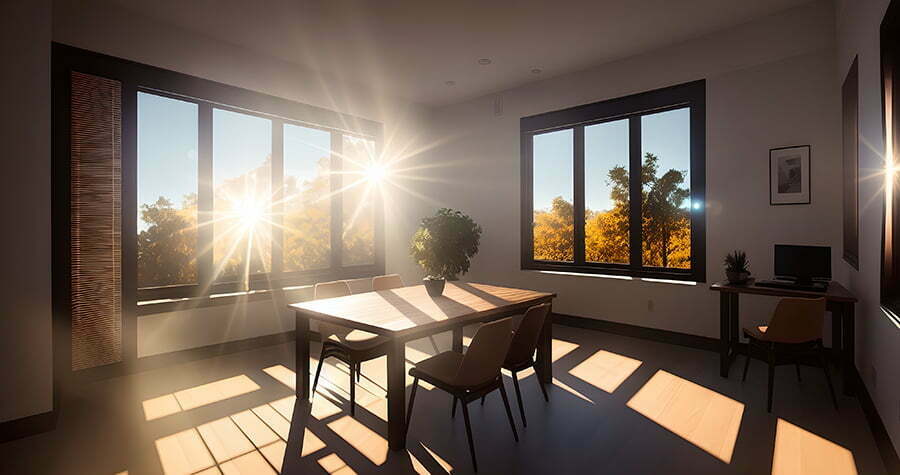
Passive solar design principles are based on the idea of using natural resources to heat and cool our homes. This means that we rely less on artificial heating and cooling systems, which can be expensive and harmful to the environment.
By harnessing the power of sunlight, we can create a more sustainable home that is both comfortable and energy-efficient.
Passive solar window design is an essential part of this process. It involves placing windows in specific locations to maximize their exposure to sunlight during winter months while minimizing it during summer months when temperatures rise.
As I continued my research into passive solar window design, I discovered just how much impact it could have on our daily lives. Not only does it save us money by reducing our reliance on traditional heating and cooling systems but also helps reduce carbon emissions from fossil fuels used for electricity generation.
By implementing these principles in your own home through passive solar window design, you too can make a positive impact on both your wallet and the environment!
Window Orientation & Placement
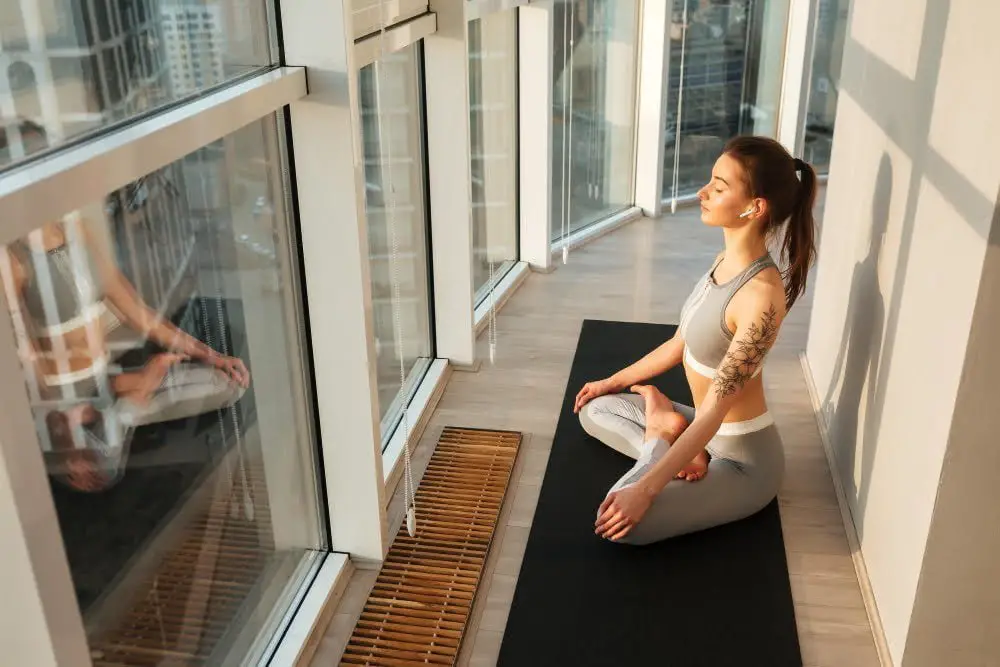
When it comes to passive solar window design, one of the most important factors to consider is window orientation and placement. The direction your windows face can have a significant impact on how much sunlight they receive throughout the day.
For example, south-facing windows are ideal for capturing sunlight during the winter months when the sun is lower in the sky. This allows for maximum heat gain and helps reduce heating costs.
On the other hand, east- or west-facing windows may be more prone to overheating during summer afternoons.
As I continued my research into passive solar window design, I realized that there’s so much more to it than just placing a few extra windows here and there. It requires careful consideration of factors such as climate zone, building materials used in construction, shading devices like overhangs or awnings – all with an eye towards maximizing energy efficiency while maintaining comfort levels inside our homes.
In my next post on this topic we will dive deeper into some specific strategies you can use when designing your home’s passive solar system!
Glazing Materials Selection
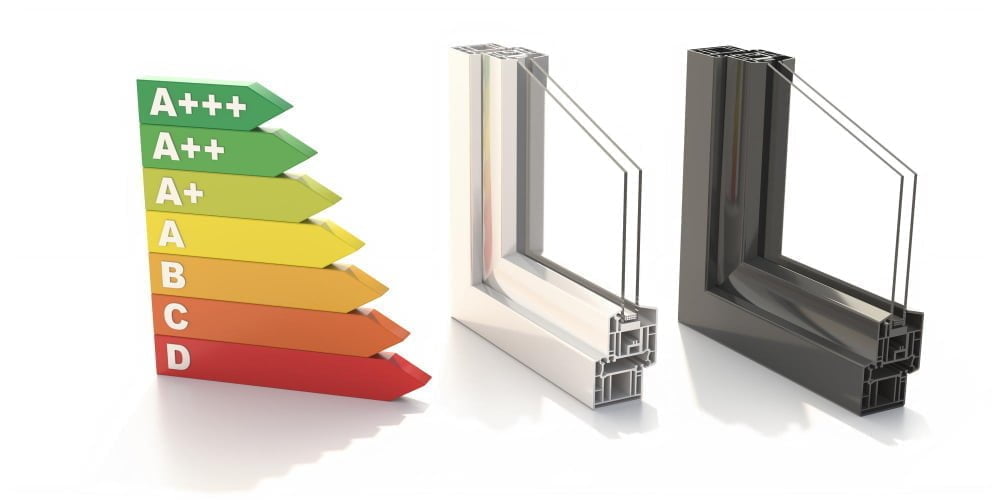
When it comes to passive solar window design, selecting the right glazing materials is crucial. The type of glass used in your windows can greatly affect how much sunlight enters your home and how well it retains heat.
As I continued my research on this topic, I discovered that there are several types of glazing materials available for passive solar window design. Some popular options include low-emissivity (low-e) coatings, insulated glass units (IGUs), and spectrally selective coatings.
Low-e coatings work by reflecting infrared radiation back into the room while allowing visible light to pass through. This helps keep heat inside during colder months while still letting natural light in.
Insulated glass units consist of two or more panes of glass with a sealed air space between them. This creates an insulating barrier that reduces heat transfer through the window.
Spectrally selective coatings are designed to allow certain wavelengths of sunlight into a building while blocking others. They can help reduce glare and UV radiation without sacrificing natural lighting or energy efficiency.
By carefully considering which glazing material is best suited for your specific needs, you can maximize energy efficiency in your home’s passive solar window design and enjoy all the benefits that come with harnessing the power of sunlight!
Thermal Mass Integration
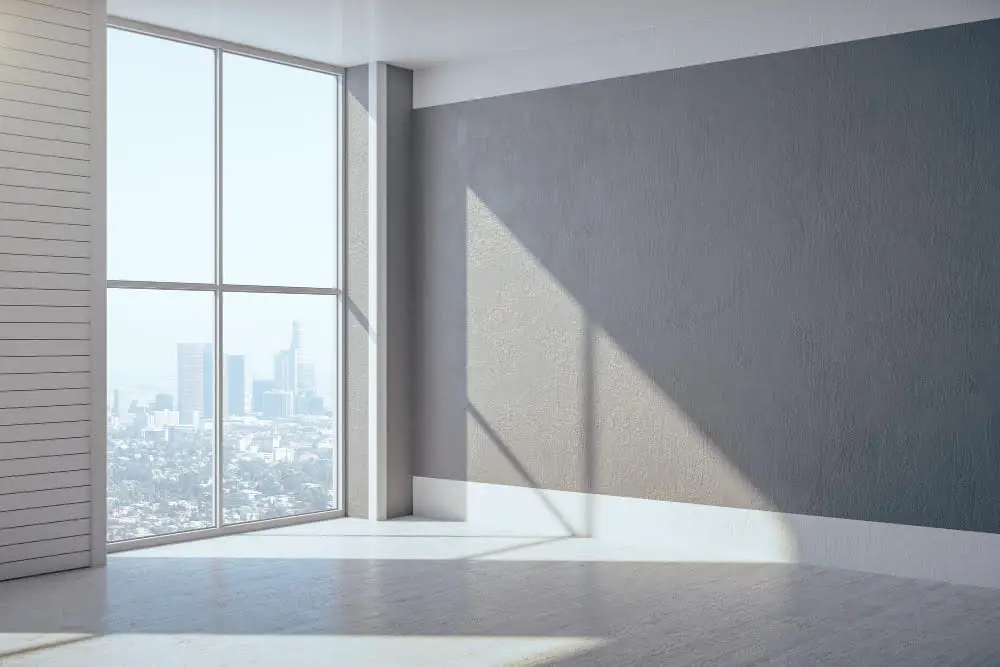
One of the key components of passive solar window design is thermal mass integration. This involves using materials that can absorb and store heat, such as concrete or brick, to regulate indoor temperatures.
As I continued my research on this topic, I discovered that thermal mass integration can be achieved in a variety of ways. For example, you could install a concrete floor or wall near your south-facing windows to capture sunlight during the day and release it at night when temperatures drop.
Another option is to use phase-change materials (PCMs) in your walls or floors. These materials have the ability to change from solid to liquid form as they absorb heat during the day and release it at night.
By incorporating these techniques into your home’s design, you’ll not only reduce energy consumption but also create a more comfortable living space year-round.
Passive solar window design may seem like an intimidating concept at first glance but with proper planning and execution; anyone can harness its benefits for their homes’ energy efficiency needs!
Shading Strategies
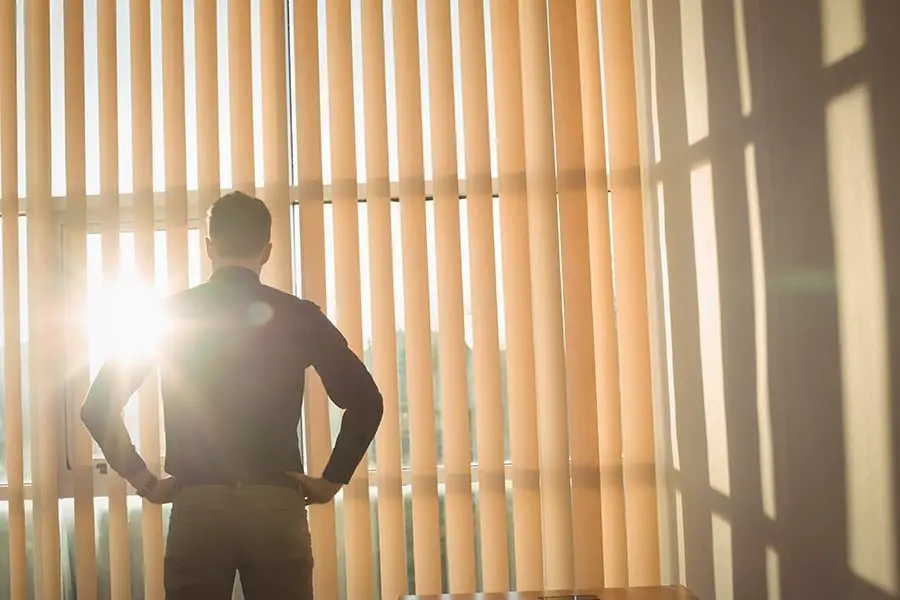
While we want our windows to let in sunlight and warmth during the winter months, we also need them to provide shade and block out excess heat during the summer.
Tthere are several effective shading strategies that can be used. One popular method is using overhangs or awnings above south-facing windows.
These structures can help block out direct sunlight during peak hours while still allowing for indirect light.
Another strategy involves planting deciduous trees or shrubs near your home’s south-facing windows. During the summer months when leaves are full, they provide ample shade but allow for more sun exposure in winter when they shed their leaves.
Implementing these shading strategies not only helps regulate temperature inside your home but also reduces energy consumption by minimizing reliance on air conditioning systems.
Incorporating passive solar window design into a home may seem like a daunting task at first glance; however, with proper planning and execution of various techniques such as strategic shading methods mentioned above – harnessing natural resources like sunshine becomes an easy feat!
Ventilation Techniques

One of the key components of passive solar window design is proper ventilation. While windows are great for letting in sunlight, they can also let in unwanted heat during the summer months.
That’s why it’s important to have a ventilation system that allows hot air to escape and cool air to enter.
One effective technique for achieving this is through cross-ventilation. This involves strategically placing windows on opposite sides of a room or house so that fresh air can flow through and push out stale, warm air.
As I continued my research into passive solar window design, I discovered just how much impact these small changes could make on our energy bills and overall environmental footprint. By harnessing the power of the sun with smart window placement and ventilation techniques like cross-ventilation, we can reduce our reliance on traditional heating and cooling systems while still maintaining a comfortable living space.
So if you’re looking for ways to save money while reducing your carbon footprint, consider implementing some passive solar window design strategies in your home today!
Recap
